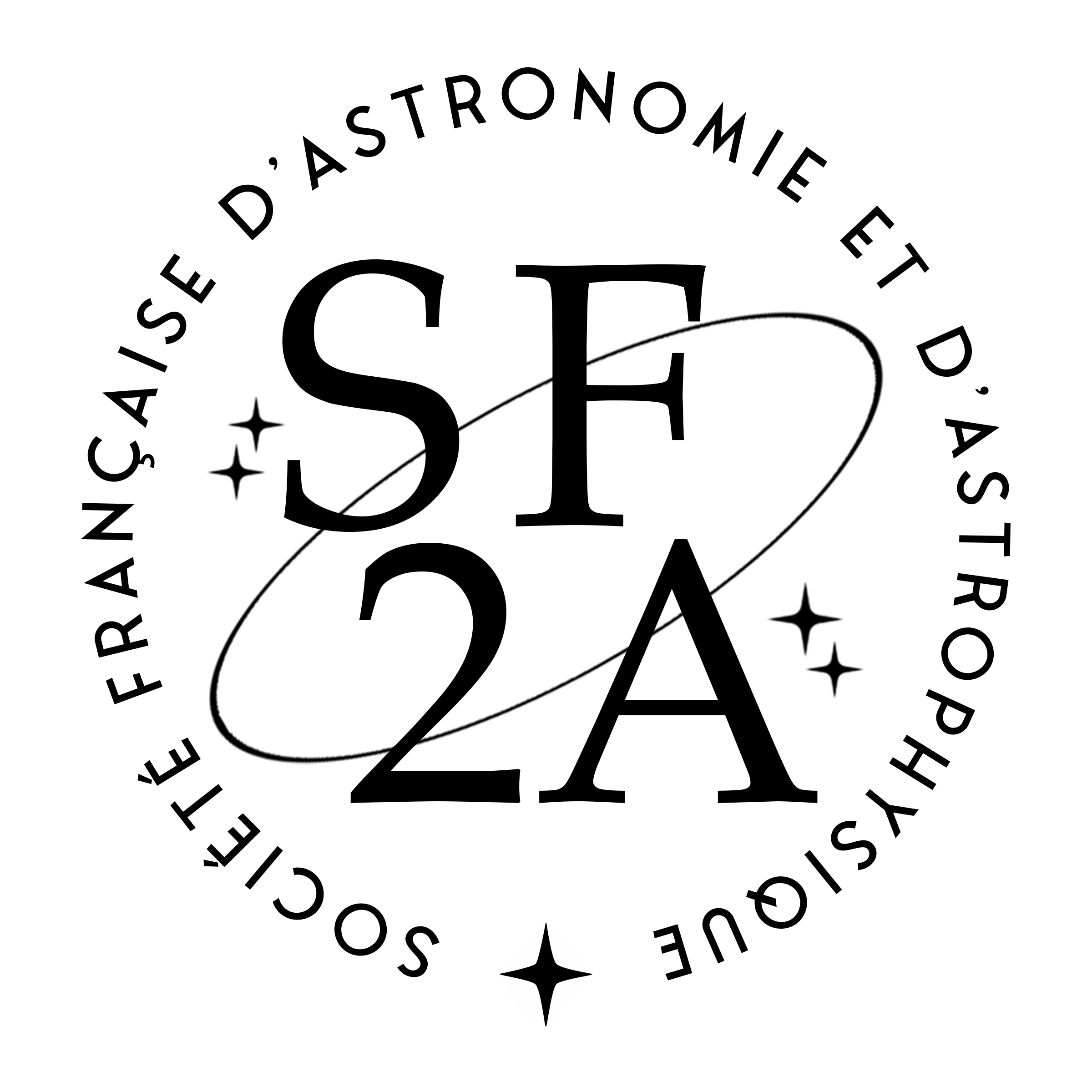Message SF2A No 1108 – 14/10/24
- The IAU PhD Prize
- Call for NRT proposals – 2025A
- Le numéro d’octobre du magazine de la SAF l’Astronomie est paru
1. The IAU PhD Prize
Are you proud of your PhD thesis or do you know someone who deserves recognition for an exceptional thesis? The IAU PhD Prize recognizes outstanding scientific achievement in the context of a PhD thesis.
Once a year, each IAU Division may award its own prize to the candidate who, in the opinion of the Division, has done the most remarkable work and successfully defended a PhD thesis during the previous year. Work done under adverse conditions, may also be eligible for the PhD Prize at-large.
PhD Prize winners will receive an IAU certificate and will be invited to present their work (remotely or in person) during the Division Days at the 2027 IAU General Assembly (GA) in Rome (Italy). The IAU will cover the GA registration fees for the winners. In addition, winners will have the opportunity to record a presentation describing their work for upload to the IAU website and YouTube channel. An IAU press release will announce the winners.
Interested? Check out the detailed requirements at www.iau.org/science/grants_prizes/phd_prize/ and don’t hesitate to submit your application by December 15, 2024.
Transmis par Julien Malzac
2. Call for NRT proposals – 2025A
This is the 2025A semester call for proposals to observe with the Nancay Radio Telescope. The submission deadline is: 11 November 2024.
The Nancay Radio Telescope (NRT, France) is a high sensitivity (1.4 K/Jy at 21cm) meridian telescope (the tracking duration is 1 hour, and varies approximately as 1/cos(DEC) ) with full polarization capability in the frequency range from 1.1 GHz to 3.5 GHz. The declination limit is > -39 deg. It is operated by the Observatoire de Paris, the Centre National de la Recherche Scientifique and also funded by the Region Centre-Val de Loire.
The NRT proposal call is open to the international community.
Forms and explanations:
http://wwwperso.lpc2e.cnrs.fr/~lguillem/NRTcall/NRTcall.html
Proposals are to be sent to: lucas.guillemot at cnrs-orleans.fr .
Transmis par Lucas Guillemot, on behalf of the NRT Programme Committee
3. Le numéro d’octobre du magazine de la SAF l’Astronomie est paru
Le numéro d’octobre (n°186) du magazine de la SAF l’Astronomie est paru, vous pouvez vous le procurer en kiosque ou sur abonnement.
A l’occasion de la remise du prix Janssen à B. Sicardy, T. Encrenaz (OP) revient, dans le Zoom, sur l’exploration du Système solaire par les occultations. Dans les Actualités, S.Collin-Zahn (OP) montre l’apport du spectrographe DESI à la théorie standard de la cosmologie nécessitant de l’« énergie sombre » ainsi que les « échos » des éruptions du trou noir de notre galaxie, et Frédéric Deschamps (IESA, Taipei, Taiwan) l’existence des planchers océaniques hydratés à la base du manteau terrestre. T. Encrenaz dévoile l’existence d’un étrange satellite autour d’un astéroïde. J.Borg (IAS) présente les missions Dart et Hera de surveillance des astéroïdes géocroiseurs et O. de Goursac (SAF) continue le Journal de Curiosity avec la montée sur le mont Sharp. Dans la rubrique Histoire, S. Fontaine (Planétarium du palais de la découverte) fait revivre la saga du Planétarium, une machine à montrer les étoiles.
Dans la rubrique Observer le ciel Alain Sallez (SAF) présente des phénomènes intéressants sur les satellites de Saturne, et N. Biver (OP) la comète c/2023 A3 et les possibilités de l’observer. G. Sautot et E Evrard (Science et culture en Picardie) nous invitent à observer l’amas ouvert NGC 752.
Pour vous informer sur le numéro en cours et les numéros précédents, ou vous abonner, voir https://lastronomie.fr
Transmis par Nicole Mein
Pour faire passer vos messages, envoyez un mail au secrétariat SF2A (secretariat@sf2a.eu) avant le vendredi 18h pour une diffusion le lundi après-midi suivant.

Comments are closed